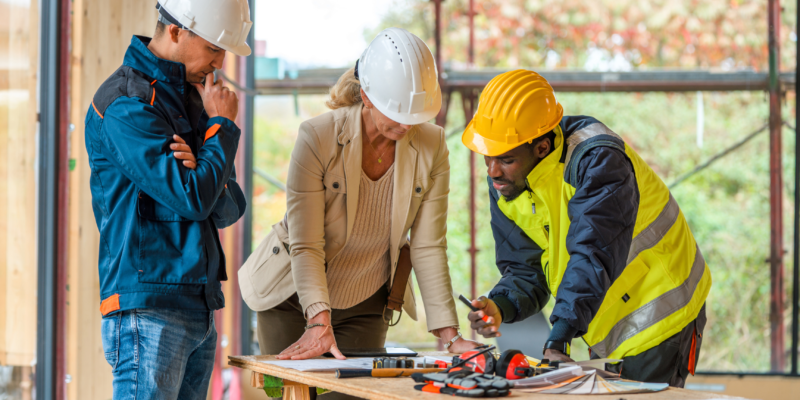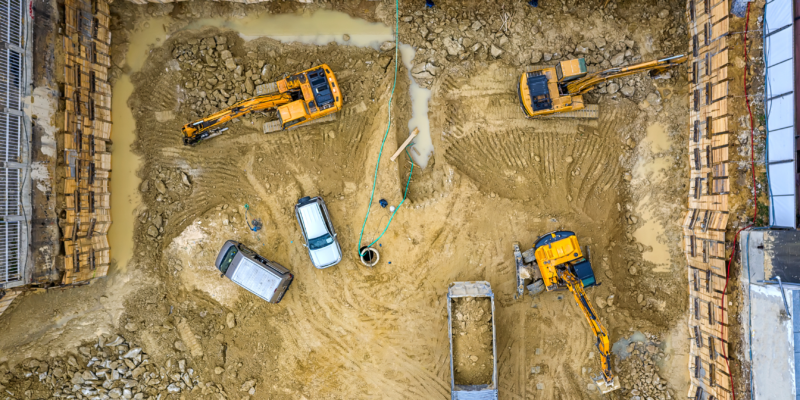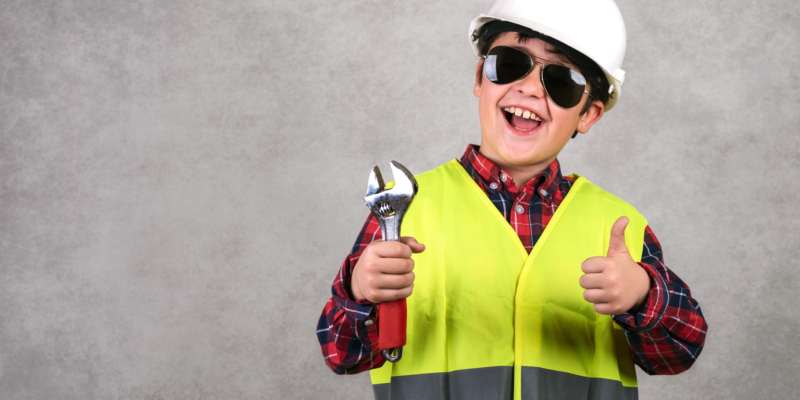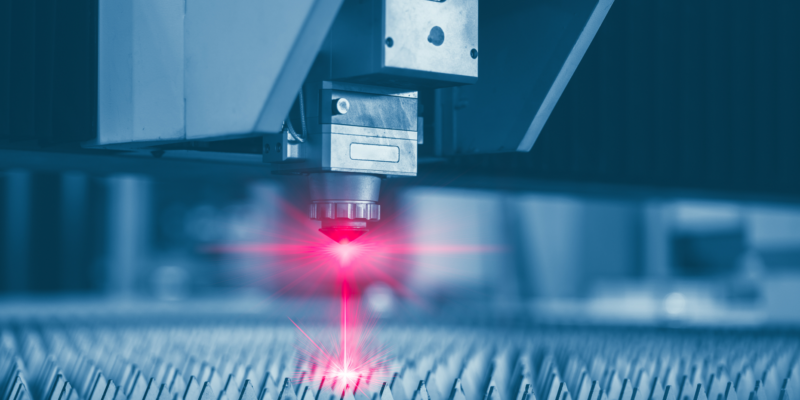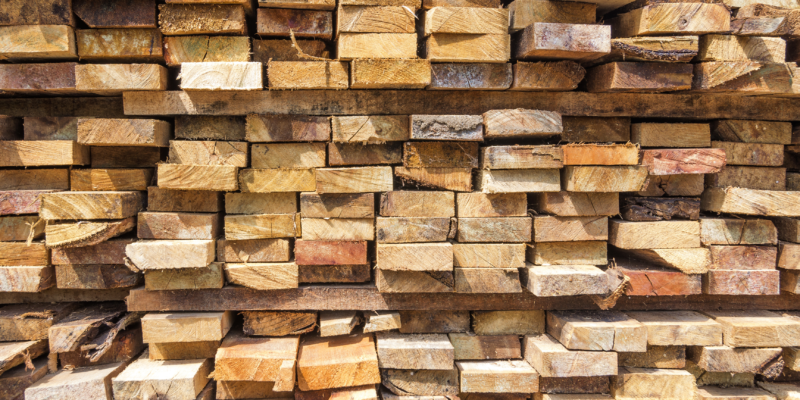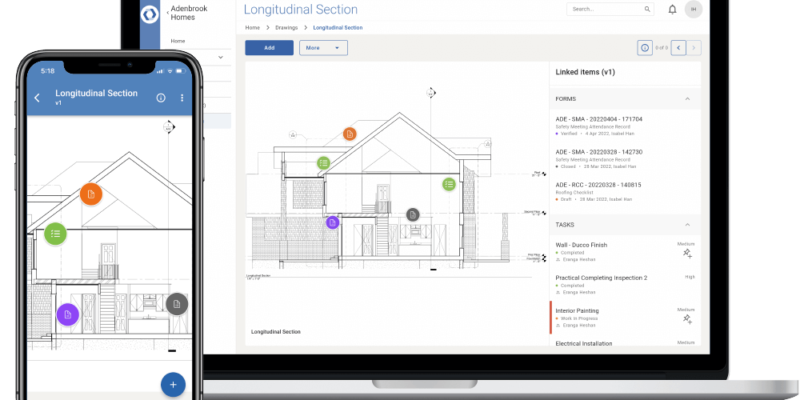If you’ve been in construction for any length of time, you’ve probably come across a difficult customer or two. Whether they’re hard to get in touch with, don’t ever seem satisfied with your work, or want to negotiate payment after you’ve completed the job, it’s important to maintain a good relationship and keep up your company’s reputation.
The good news? We have several effective strategies to help you handle unhappy customers and turn their negative experiences into positive reviews.
1. Actively Listen and Empathize
When a customer expresses dissatisfaction, it is important to let them voice their concerns. While it might be tempting to roll your eyes or get defensive, do your best to actively listen to their complaints without interruption. Make sure you show genuine empathy for their frustrations, and let them know their feedback is valuable.
2. Respond Promptly
Timeliness is key when addressing customer concerns. Respond promptly to their complaints, preferably within 24-48 hours. This demonstrates your commitment to addressing the issue and prevents the situation from escalating further. If you need more time to investigate the matter thoroughly, keep the customer informed about the progress.
3. Investigate the Problem
To address the issue effectively, you’re going to need to understand its root cause. Gather all relevant information from the customer, project documents, and interview any team members who were involved. See if you can find any mistakes, miscommunications, or areas for improvement. This step will enable you to propose solutions, and can help you prevent similar issues in the future. Even if you’re not ultimately at fault, doing your due diligence shows the customer that you care and may help improve operations as you grow.
4. Offer Solutions
Once you have a clear understanding of the problem, propose appropriate solutions to the customer. Depending on the situation, this could involve rectifying the issue at no extra cost, providing a discount or refund, revisiting the project with enhanced supervision, or even offering additional services. Tailor your solution to meet the specific needs of the customer and aim for a mutually beneficial outcome.
5. Maintain Transparent Communication
Communication is key! Keep the customer updated on the progress, explain the steps being taken to rectify the situation, and provide realistic timelines for completion. Transparency builds trust and reassures the customer that their concerns are being addressed seriously.
6. Learn and Improve
It may sound cliche, but every unhappy customer is an opportunity to improve your business. Analyze the root causes of the issue and implement measures to prevent similar situations in the future. This may include enhancing internal communication processes, improving project management, conducting more employee training, or revising quality control protocols. By continually learning from your mistakes, you can enhance customer satisfaction and prevent future complaints.
Unhappy customers are an inevitable part of any business, but you can turn these situations into opportunities for growth. That’s why Steadfast Entities prides itself on great customer service! Whether you’re looking to rent reliable, modern equipment, hire knowledgeable staff, or purchase top-of-the-line equipment, we have exactly what you need, when you need it.

